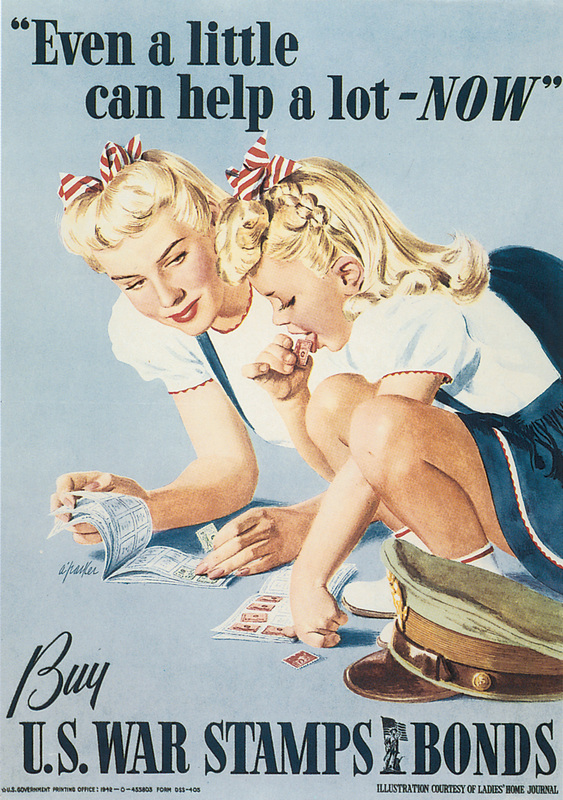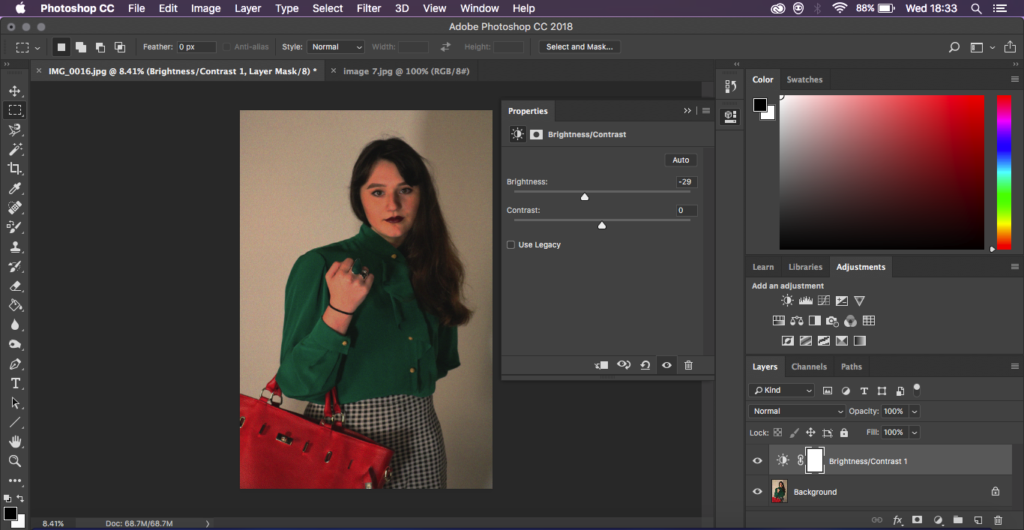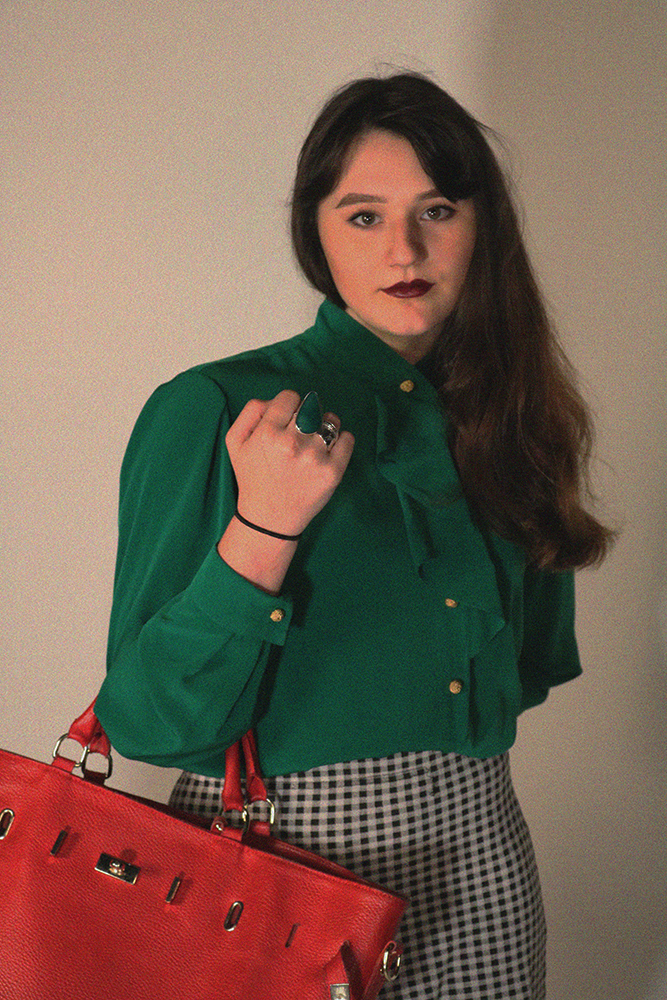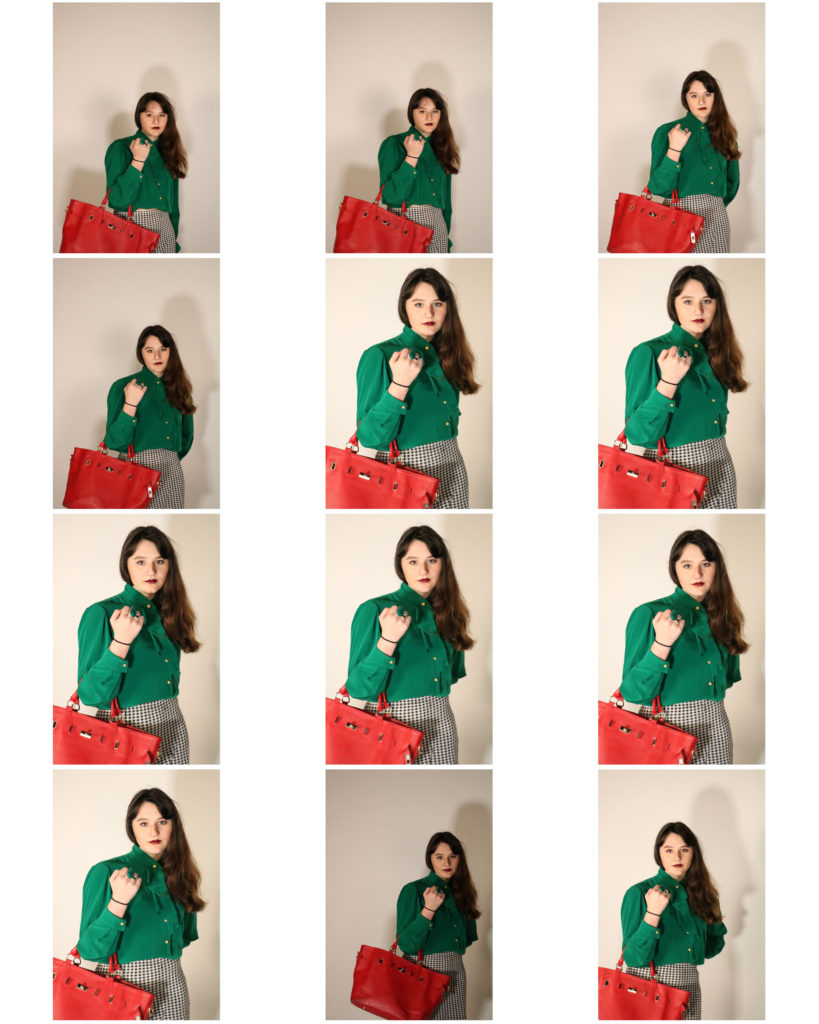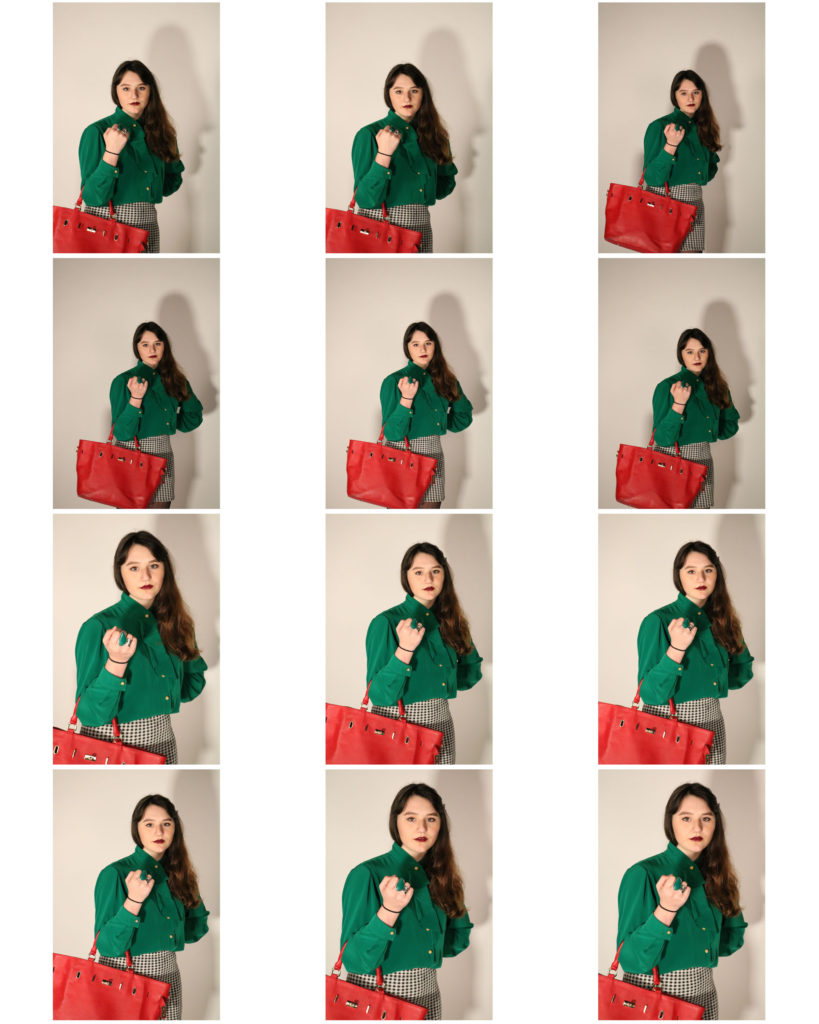Comparison:

Jonathon Andrew 
Paul Virilio
The main similarity between both images is that they are capturing the same subject, bunkers which where used during the war, which informs us that the two images share the same contextual factors (How the bunkers have been neglected and isolated since the war). Needless to say the way they have gone about capturing the subject is very different to one another, which showcases their artistic style and preference. This is clearly shown as Andrew’s work is presented in color, which makes the bunker more appealing. An affordance of having the image in color is that it allows the environment to clearly be showcased allowing us to understand how the bunker seems to be in the middle of nowhere and how the time (night time) at which it was taken allows the setting to portray the contextual factor of bunker isolation. Where as Virilio’s work is in black and white which creates an eerie tone towards the image and showcases isolation in a more visual way. An affordance of having the image black and white allows a high tonal contrast, making all the lines, texture showcase how the bunker has been worn and torn during it’s time of isolation. Another similarity is that both images use a narrow depth of field, the subject of the images is the main focus point and the backgrounds a slightly out of focus, allowing viewers attention to be solely focused on the bunkers which showcases the images purpose. This is reinforced as the background of both images are plain making our eyes focus on the bunkers. Both images showcase the formal elements of shape, texture, line and form, which are all presented through the bunkers and the position of them in the frame. Technically speaking the two artists have used similar camera settings to capture their subject. They both have used a quick shutter speed, as there is no intended blur visible in the images. As mentioned before they both have a narrow depth of field, and have similar focus point. The ISO of both is likely to be similar (low) as there is no noise being presented within the images. Another similarity is that both photographs have used artificial lighting as the subject is located outside. However, Andrew’s work has the bunker more lit up compared to Virilio work which could suggest that he used a form of artificial lighting to capture his image. In addition, as it is night time in Andrew’s work there is less light in the background compared to Virilio’s image which seems to be taken during the day, allowing the sun to light up the whole image. Another way the two images are similar is that they share the same conceptual factors. This is they both wanted to showcase the aftermath of the war and how we are left with the bunkers which is constantly reminding us of what occured in the war. Moreover, both images nicely link into the project of the Journey of Jersey through the Second World War. In my opinion I prefer Andrew’s work, due to the way he lit up the front of the bunker, leaving the background dark as it illuminates the idea that the bunkers have been isolated. Needless to say, I do really like the way Virilio showcases the isolation of the Bunkers.

